Picking up where we left off from our last issue (RCCA November 2020), let’s get into the topic of bearings a little bit deeper. This time around we are going to explore the different types of bearings available in RC. We are also going to talk about the differences between bearing grease versus bearing oil, and why you might want one over the other. Lastly, we’ll talk about some in-depth bearing cleaning methods, from how to remove pre-packed grease to ultrasonic cleaning. Let’s get this article rolling.
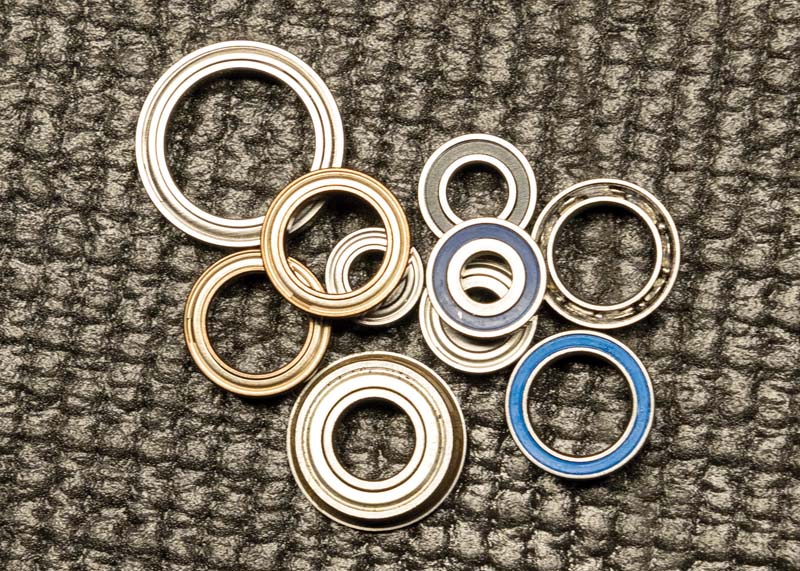
WHICH BEARING TYPE & WHY?
One of the more common questions in RC is “which bearings should I use and why?” Considering all of the different types of bearings available, that can be a confusing decision. In the end, it all comes down to how the bearings are going to be used.
Metal shielded bearings provide less drag on the internal bearing components and therefore are the go-to choice for on-road RC cars such as touring, drift, drag, and even some off-road carpet track vehicles. For bashing, off-road, and all other dirt applications, it’s best to get bearings that have a rubber shield on at least one side. The rubber shield might drag a little on the internal bearing components, but it will help keep out dust, dirt, and debris much more effectively than a standard metal shield will. There’s nothing worse than a crunchy, locked up bearing, so rubber shielding is the way to go when dirt is involved.
STEEL VS CERAMIC BEARINGS
Most RC bearings are made from steel and contain steel balls and races, which are a great all-around choice due to their relatively low cost, good longevity, and wide availability. Steel bearings can also take a lot of abuse, and so long as they are thoroughly cleaned and maintained when needed they will last a long time. Ceramic RC bearings contain ceramic balls with steel races and are ideal for high performance applications. Ceramic bearings tend to require more regular maintenance and are usually more expensive than their steel counterparts.
So why would we want more expensive ceramic bearings? It’s all about the performance. The ceramic balls used in RC bearings are made from silicon nitride, which is lighter and harder than steel. This lightness and added hardness make them ideal for high-speed performance applications like on-road touring and drag racing. Ceramic bearings are also used in high-performance nitro engines since the ceramic material copes well with the extreme RPMs and high heat.
The extra hardness of ceramic bearing balls has sparked debate on whether they should be used in off-road applications, since the extremely hard ceramic might not take impacts as well as steel in something like a hub or axle bearing. Considering ceramic bearings have been used in off-road RC applications for years with much success, I don’t see a downside to them so ultimately, it’s personal preference. A widely agreed upon mindset for off-road applications is to use ceramic bearings in the drivetrain and steel bearings around the axles, giving you the best of both worlds.
BEARING GREASE VS OIL
All bearings come pre-lubed from the factory, the difference is that some are oiled, and some are pre-packed with grease. Bearing grease generally provides a good layer of protection along with decent lubricity with just a small bit of drag on the bearing components, giving a nice balance between protection and performance. I’d recommend greased bearings for bashers, and more casual enthusiasts who seek to limit the amount of maintenance needed on their vehicles.
For RC enthusiasts looking to extract every bit of performance out of their cars, bearing oil is usually the superior choice. Bearing oil is specially formulated to provide maximum lubricity and minimal drag on the bearing components, which in practical terms means your bearings will perform to their full potential.

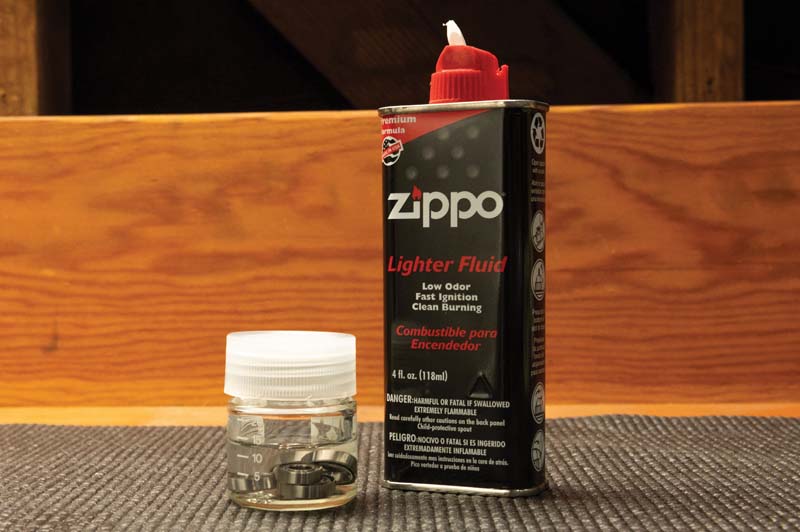
HOW TO REMOVE BEARING GREASE
Thoroughly removing bearing grease provides us with a fresh start on used bearings and allows us to fill new bearings with a different type of grease or oil than the factory provided.
First thing is to clean the exterior of the bearing and remove the rubber shielding. If the bearings are new, just a quick wipe down with a towel will do. Fill a small, clean jar with lighter fluid, the kind you might buy for a Zippo or similar style refillable lighter. Always be sure to work in a well-ventilated area when handlings flammable fluids, and of course keep them away from open flames and sources of heat.
Once filled, simply drop the bearings in the lighter fluid and cap the jar. Leave the bearings in the lighter fluid for a few minutes, shaking occasionally to dislodge grease and dirt. The goal here is to loosen and clean as much of the grease from the inside of the bearings as possible. Once they’re clean, carefully remove them from the jar and set on a paper towel to dry. It’s best to inspect each bearing to ensure all grease and dirt has been removed. Make sure the lighter fluid has completely dried, then give the bearings a quick spin test. You should be left with a smooth-rolling perfectly clean bearing, ready to be lubed with the bearing oil or grease of your choice.
ULTRASONIC CLEANING
Ultrasonic cleaners are by far one of the most thorough methods for cleaning out bearings as they help to break up small bits of debris. When ultrasonic cleaning bearings, it’s generally a good idea to put them in their own container, rather than the main cleaner tub. This method keeps them isolated from any possible contaminants in the main cleaner basin and keeps the overall mess down. The jar method also allows you to remove all bearings from the cleaner easily, shake up the jar if needed, and quickly inspect the bearings from all angles while submerged in the jarred cleaning solution. When using a jar inside an Ultrasonic Cleaner basin, it’s best to fill the basin with an inch or two of water. This helps to keep the jar in place when cleaning, so it doesn’t dance around the basin.
Pre-soak the bearings in a cleaning solution that is free of water, something like 100% alcohol, chain lubricant with a thin consistency, lighter fluid like mentioned previously, or even orange oil if you want a more gentle approach. Once the bearings have soaked for a few minutes, put the jar in the basin of the ultrasonic cleaner and turn it on for about 3 to 5 minutes. Extended lengths of time in the ultrasonic cleaner can potentially damage bearing components, so it’s best to keep the cleaning cycles fairly short. Empty the cleaning solution from the jar, making sure to clear out any gunk or debris. Fill the jar once more, gently mix it up and place into the ultrasonic cleaner for a second cycle, again between 3 to 5 minutes. Two cycles will generally do the trick, but if you want to be extra thorough you can always do more. I recommend inspecting the bearings after each cycle, once they’re clean and spin freely they’re ready to be re-lubed.
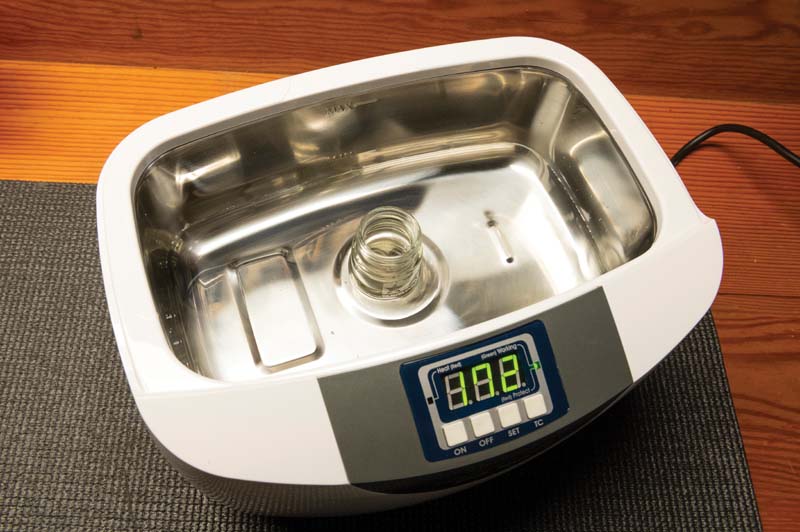
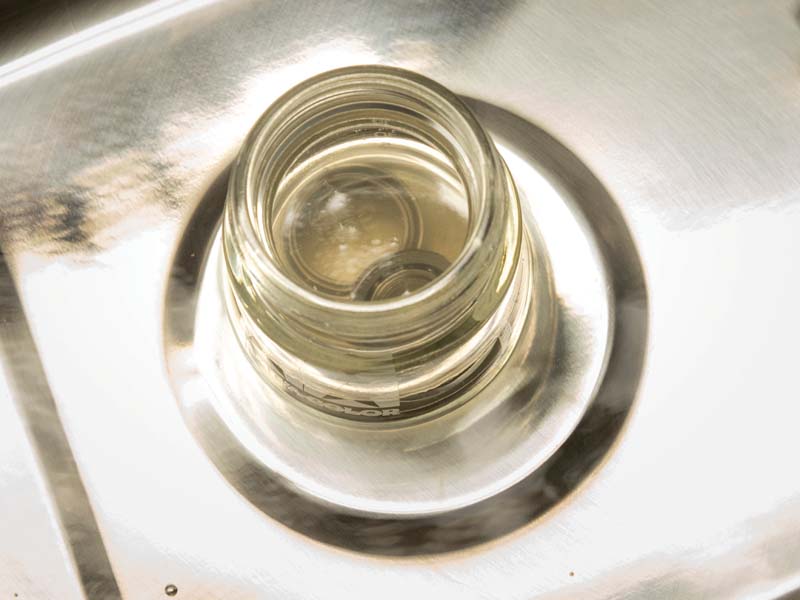

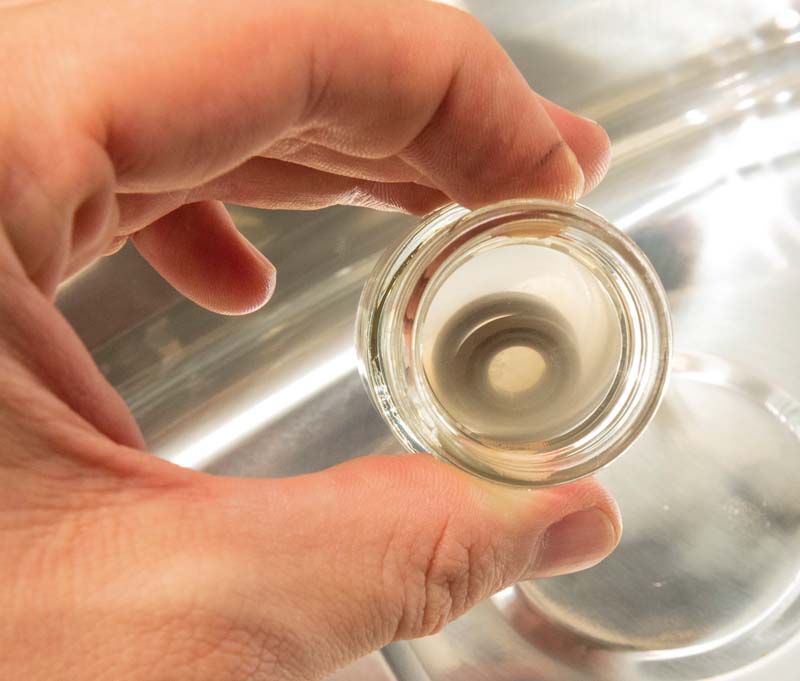

CLEANING CERAMIC BEARINGS
Most ceramic bearings can be cleaned exactly like steel bearings, with the exception being the specialty ceramic bearings that have a plastic bearing cage. These types of ceramic bearings require the use of orange oil cleaners rather than solvents. This is to prevent any damage to the nylon-plastic bearing cage. Simply use orange oil cleaner with any of the methods provided above, and you’ll be good to go.
RC bearings can seem to be a complicated topic at times, so hopefully we’ve helped to make it a bit easier when it comes to choosing and cleaning your bearings. As always thanks for reading and we’ll see you in the next issue with more technical
and DIY content.
KEEPING IT CONTAINED
I like to use Tamiya’s small paint jars for cleaning bearings, along with other small parts. They’re readily available and hold up well to all types of paints, cleaners, lighter fluid, and motor spray.
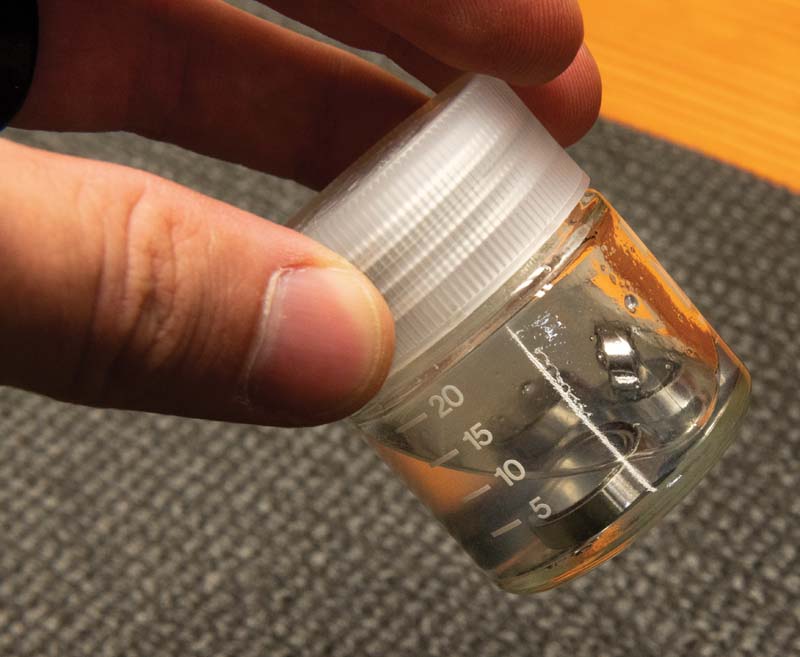
Text and Images by Lauren Short

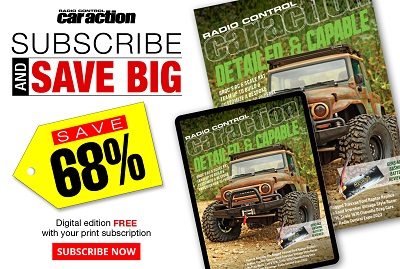

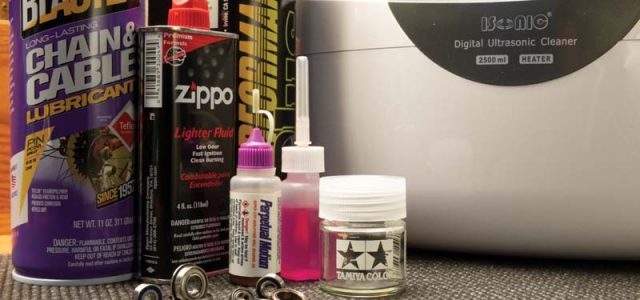




![RC Car Action - RC Cars & Trucks | This 1/3 scale 125cc V10 Buggy is CRAZY [VIDEO]](https://www.rccaraction.com/wp-content/uploads/2018/05/V10-HP.jpg)
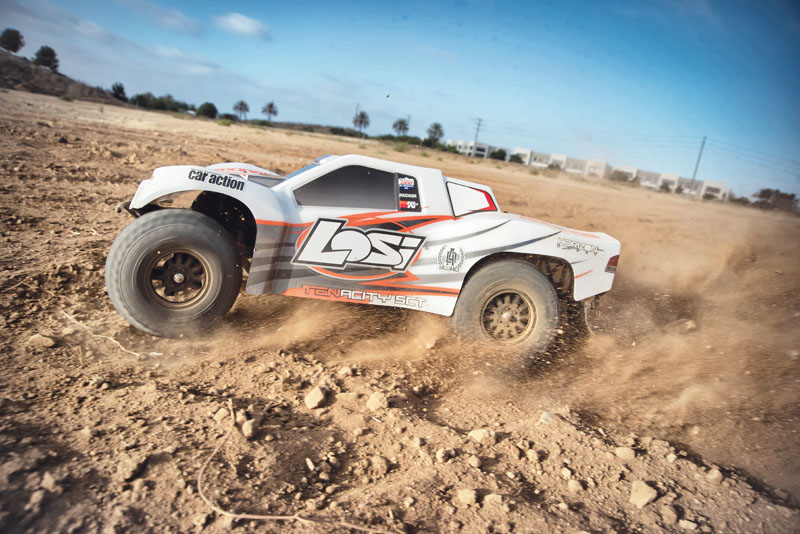

 Stay up to date with the latest information, sign up for our FREE newsletter today.
Stay up to date with the latest information, sign up for our FREE newsletter today.
